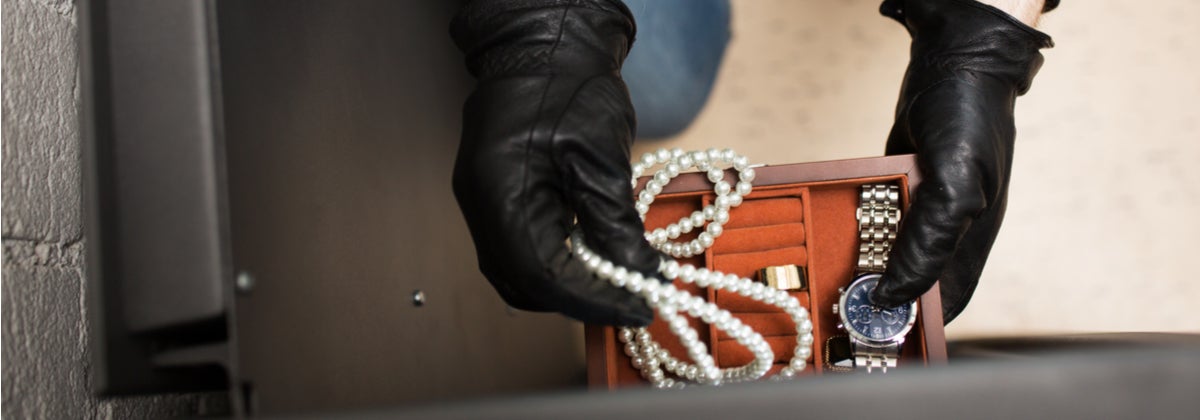Author: Nicola Field
It’s surprisingly easy to accumulate possessions. It’s not so easy to hold onto all the paperwork we may need to make a claim on insurance. Here’s how to lodge a claim even if you don’t have receipts.
Are receipts required for insurance claims?
Whether or not an insurer requires receipts or proof of purchase when you make a claim depends on the insurer, and the terms and conditions of your policy. But generally speaking, when it comes to making a claim, you need to be able to prove two things to your insurance company:
- That you owned the item
- Evidence of what it was worth.
Giving your insurer receipts could help you tick both boxes. So, it could be a wise decision to keep receipts in a safe place, or to take and store a photograph of them, soon after you buy an item covered by your insurance policy.
But think about all the items you own relative to how many receipts you could track down. Chances are, there are plenty of possessions under your roof that have receipts that have long since sailed out of your life. In this case, there are a few options you can explore.
Can you make an insurance claim without receipts?
Yes, you can still make an insurance claim. However, if you’re making an insurance claim and you don’t have receipts, it’s likely that your insurer will ask you about other ways they can establish proof of ownership, and the value of the item that was damaged, lost or stolen.
What’s required can vary between insurers and policies, so the golden rule with any insurance cover is to check the fine print of the policy documents to know the rules that apply to your particular policy.
Receipts are often considered strong evidence, and taking a photo of a receipt on a smartphone can help in case you lose the paper version. But it’s a big ask for us to take photos of receipts for every item we own. There are other types of evidence you may be able to provide to show your insurer that you owned an item, and at least provide a guide to its value.
Other ways to help prove ownership and value to an insurer if you don’t have receipts:
- Credit card statements
- Serial numbers of the item
- Owner’s manuals
- Accessories or spare parts
- Guarantee or warranty certificates
- Photos or videos of your item
- Product packaging
Evidence of ownership can also call for a bit of judgement by the claims assessor. For example, if an assessor can see a bare TV stand surrounded by dangling cords where the big screen used to sit, it can be reasonable evidence that your TV has been stolen.
However, without evidence of the make and model, you may only be compensated for a basic set, rather than a top-of-the-range TV with all the bells and whistles.
With some policies, it may also be OK to provide statements from people who have seen the item in your possession. Check the Product Disclosure Statement (PDS). The rules could be slightly different, too, if the claim relates to something that’s been damaged, lost or stolen while away from home, and which may be covered by portable contents insurance.
→Related article: How Much Contents Insurance Do I Need?
Making a claim for high value items without a receipt
High value items such as jewellery or artworks may need to be noted separately in your home contents policy. These items may also require more detail when it comes to making a claim on insurance – especially if you don’t have a receipt.
Again, the key is to read the policy document before you need to make a claim. As an example, for jewellery valued above $1000, an insurer may require a proof of purchase that identifies the item, plus a full description of the piece in writing from either the jeweller who sold it to you, or from a professional valuer. A close-up photograph can also help.
Managing a claim without receipts comes down to knowing what sort of other evidence is accepted by your insurer. So aim to keep as many records as possible – especially if you have individual items that are particularly valuable.
Compare home and contents insurance for free with Canstar!
About the checker of this page
This report was reviewed by Canstar’s Editor, Bruce Pitchers. Bruce began his career writing about pop culture, and spent a decade in sports journalism. More recently, he’s applied his editing and writing skills to the world of finance and property. Prior to Canstar, he worked as a freelancer, including for The Australian Financial Review, the NZ Financial Markets Authority, and for real estate companies on both sides of the Tasman.
Enjoy reading this article?
You can like us on Facebook and get social, or sign up to receive more news like this straight to your inbox.
By subscribing you agree to the Canstar Privacy Policy










Share this article